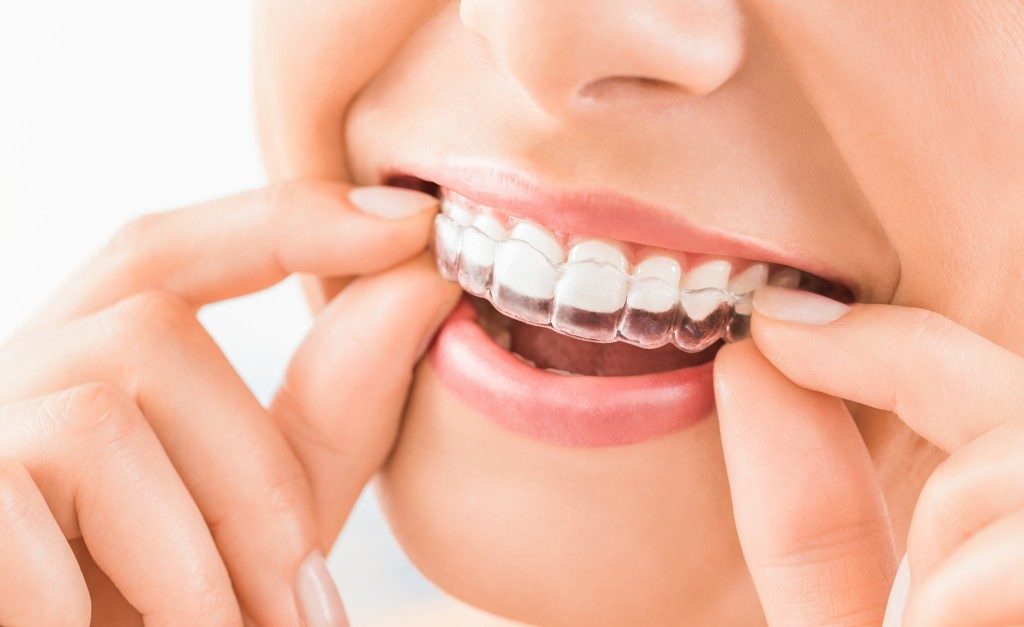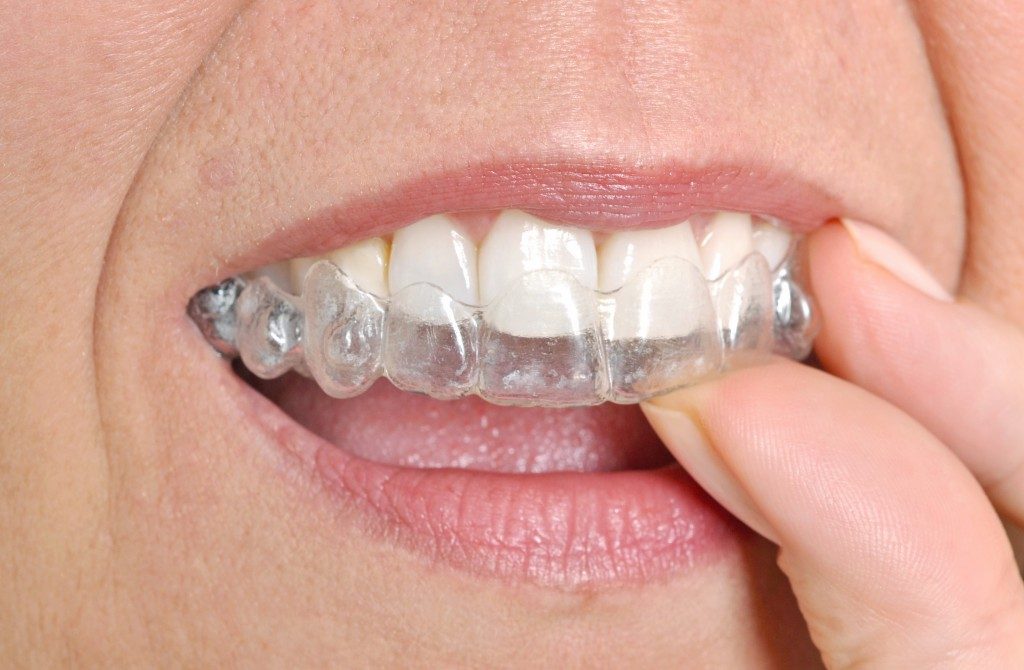Aside from your regular dental checkups, Invisalign is becoming the popular dental treatment for teens and adults in Sydney CBD with misaligned smiles. Invisalign is a type of dental aligner that is invisible (a useful feature for older adults and teens who do not want to endure years of having metal wires and brackets in their mouths) and is detachable.
Overview: What Is Invisalign?
Take note, though, that Invisalign is the company that creates the aligners, which many (not all) dentists use for their patients. Not all dentists in Sydney and the rest of Australia are Invisalign-trained, though, so it is best to ask your doctor if they provide this service (as well as their professional opinion if you can benefit from it).
Dentists who are Invisalign-trained know how to provide you with aligners as your teeth improve and provide a visual representation of what they can expect throughout the treatment and what to expect when the procedure is finished. This is a great way for patients to set their expectations of what their best smile could look like and the minimal effort they need to do while undergoing Invisalign treatment.
What to Expect from Wearing Invisalign
However, this isn’t for everyone. Invisalign isn’t cheap, and, depending on the severity of their misaligned teeth, will require multiple aligners until your teeth reach the desired alignment. This means you have to visit your dentist every two weeks to get new aligners fitted, hence the high cost of these. However, as you replace your aligners, you can slowly but surely see the improvement in your teeth.
If your teeth have mild to moderate misalignment, you may be eligible for Invisalign treatment. However, severe misalignment (read: very crooked teeth) will require more heavy-duty treatment, which may require you to wear braces instead.
And like any treatment, there are pros and cons in choosing Invisalign. Before choosing it, it is important to have a full understanding of what a patient is in store for before choosing to have these aligners change their lives for the better.
Pros and Cons of Invisalign

Invisaligns need to be worn for 20 to 22 hours a day. This means you’ll need to wear it when you sleep and will only have a four-hour allowance where you don’t have to use it. Most patients use this allowance when they eat their meals and snacks.
After waking up and after every meal, you need to brush your teeth. Leaving food particles and then placing your Invisalign over it can lead to bad breath and poor tooth hygiene because of the bacteria buildup in your mouth. When you’re on the go, you’ll need to bring a mini toothbrush and a travel case for your aligners to brush your teeth after every meal. Because of the maintenance, some people opt to avoid snacking in exchange for drinking water.
After treatment (which takes several months for mild cases to a year for moderate cases), you will need to invest in a retainer to keep your newly aligned teeth as formed as possible. Just because your Invisalign treatment is over does not mean your teeth can relapse into misalignment if you practice the same damaging practices (e.g. nail biting, biting hard objects). Wearing your retainers slows down the relapse process, so you’ll need to keep wearing them for as long as possible like you would with your aligners.
Because of this, snacking seems to naturally decrease, which is great for one’s overall health and waistline. Drinking water is a great replacement to having the odd snack and these healthy habits can hopefully stick around long after the treatment has been completed.
Considering the benefits of Invisalign, though, the minor inconveniences of maintaining your oral health during and after treatment can be worth it. However, don’t take our word for it: talk to your local dentist to find out if you can benefit from the Invisalign treatment. They may also be able to answer any additional questions you may have about the process.

